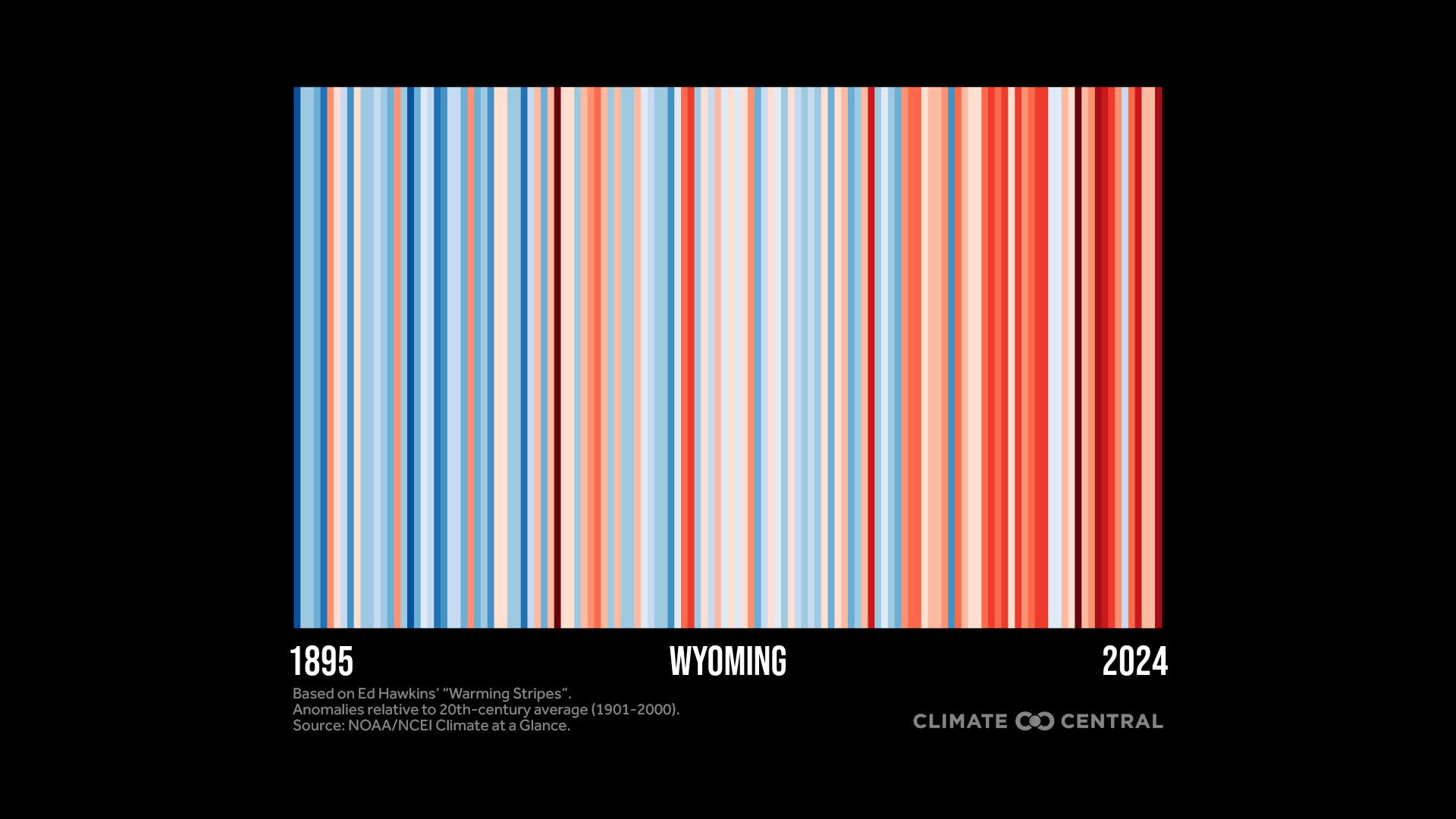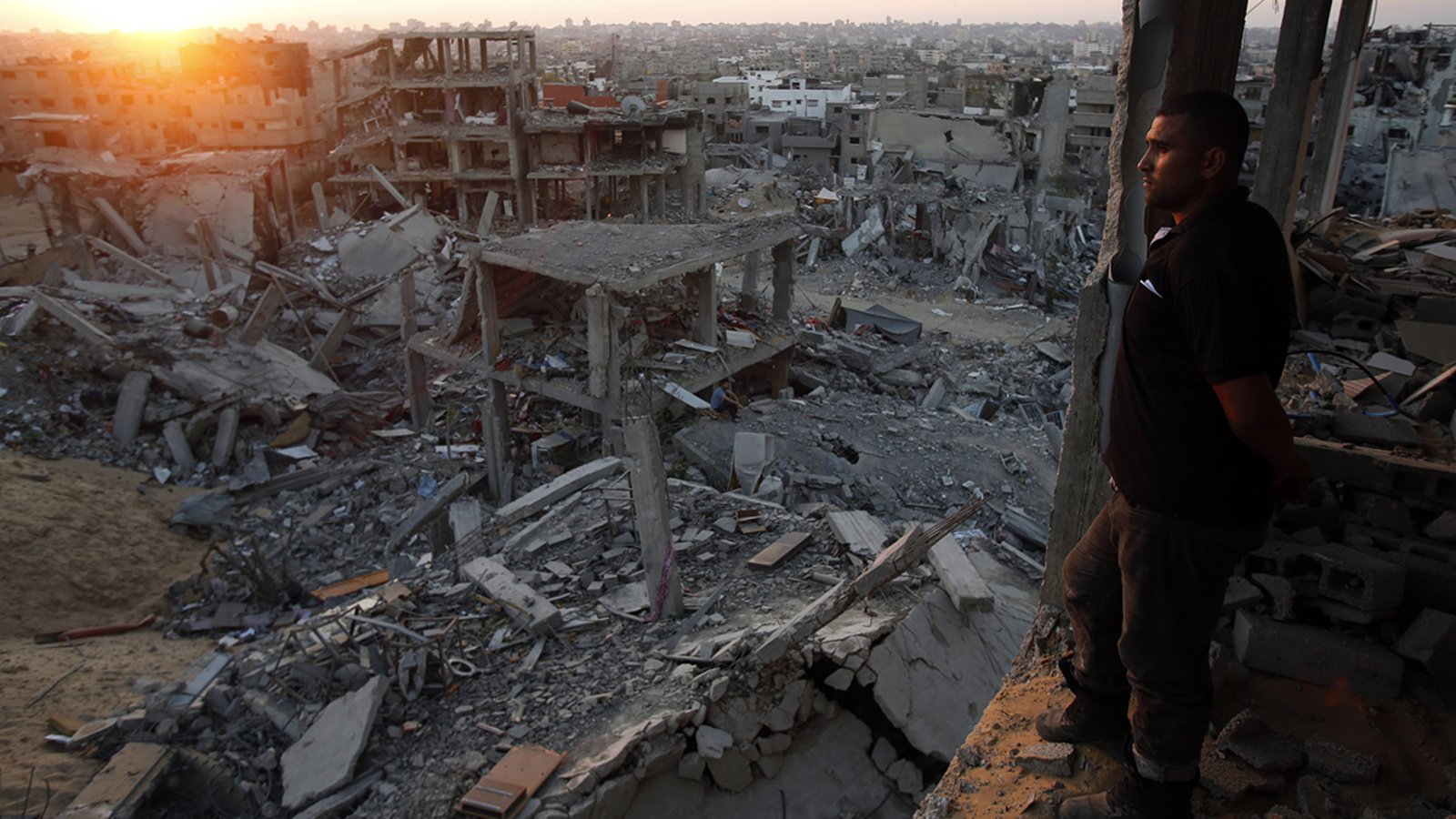Report on the July 2025 United States Heatwave and its Implications for Sustainable Development Goals
Executive Summary
A report on the prolonged and severe heatwave projected to affect a significant portion of the United States from July 21-25, 2025. Analysis indicates that anthropogenic climate change has substantially increased the likelihood of this event, which poses a direct threat to the achievement of several key Sustainable Development Goals (SDGs), most notably SDG 3 (Good Health and Well-being), SDG 11 (Sustainable Cities and Communities), and SDG 13 (Climate Action).
Event Analysis and Meteorological Projections
Forecasted Conditions
- Duration and Scope: An extended period of extreme heat and humidity is forecast from July 21-25, 2025, originating in the Southeast and expanding into the mid-South and Midwest.
- Temperature Highs:
- Triple-digit temperatures are anticipated in Arkansas, Kansas, Missouri, northern Louisiana, Oklahoma, and Texas.
- Highs in the mid-to-upper 90s are expected to spread into the lower Midwest and potentially the Northeast.
- Heat Index and Humidity: High humidity will exacerbate the heat, with heat index values projected to reach between 105°F and 110°F in the Central Plains, Midwest, and the Mississippi and Ohio valleys.
- Overnight Temperatures: Unusually warm overnight lows, ranging from the mid-70s to low 80s (5°F to 15°F above average), will limit natural cooling and increase physiological stress.
- Causative Factor: The weather pattern is anchored by a strong high-pressure system, commonly referred to as a “heat dome.”
Link to Climate Change and SDG 13 (Climate Action)
Attribution Analysis
The direct influence of climate change on this event is scientifically measurable and significant, highlighting a critical challenge to SDG 13, which calls for urgent action to combat climate change and its impacts.
- A Climate Central analysis concludes that human-caused climate change has made this extreme heat at least three times more likely for approximately 160 million people.
- Climate Shift Index (CSI) levels are forecast to reach 5, the highest level, across extensive areas. A CSI level of 5 indicates that climate change made the extreme temperatures at least five times more likely, signaling an exceptional and dangerous climate-influenced event.
- Nearly half of the U.S. population will experience at least one day with a CSI level of 3 or higher, confirming a strong climate change signal.
Socio-Economic Impacts and Relevance to Other SDGs
SDG 3: Good Health and Well-being
The severity of the heatwave poses a direct and immediate threat to public health, undermining the core objective of SDG 3 to ensure healthy lives and promote well-being for all at all ages.
- The combination of extreme daytime heat, high humidity, and elevated overnight temperatures creates dangerous conditions that can lead to heat-related illnesses and fatalities.
- As stated by Dr. Kristina Dahl of Climate Central, “climate change is making this heat wave significantly hotter — and therefore more dangerous — than heat waves of the past.”
- Vulnerable populations, including the elderly, children, and individuals with pre-existing health conditions, face a disproportionately high risk.
SDG 11: Sustainable Cities and Communities
The heatwave will severely test the resilience of urban infrastructure, directly impacting the targets of SDG 11 to make cities and human settlements inclusive, safe, resilient, and sustainable.
- Major population centers in the Midwest and South will experience intense heat, stressing public services, energy grids, and water supplies.
- The event underscores the urgent need for adaptive urban planning, including the development of green infrastructure and public cooling centers to protect residents.
Broader SDG Implications
The cascading effects of the heatwave impact a wider range of development goals.
- SDG 7 (Affordable and Clean Energy): Increased demand for air conditioning will strain electrical grids, highlighting the need for resilient and sustainable energy systems.
- SDG 10 (Reduced Inequalities): The impacts will disproportionately affect low-income communities and outdoor workers who may lack access to adequate cooling and healthcare, thereby exacerbating existing inequalities.
- SDG 15 (Life on Land): Extreme heat contributes to conditions that stress ecosystems, threaten biodiversity, and increase the risk of wildfires.
SDGs Addressed in the Article
The article on the prolonged heatwave in the United States, amplified by human-caused climate change, directly and indirectly addresses several Sustainable Development Goals (SDGs). The core issues of extreme weather, climate change impacts, and public safety are central to the following goals:
-
SDG 3: Good Health and Well-being
The article highlights a significant public health threat. Extreme heat, with “triple-digit highs” and heat index values reaching “105°F to 110°F,” poses severe risks such as heatstroke, dehydration, and exacerbation of chronic illnesses. The statement that climate change is making the heatwave “more dangerous” directly connects the environmental issue to human health and well-being.
-
SDG 11: Sustainable Cities and Communities
The heatwave’s impact on a massive scale, affecting “nearly 160 million people” across a “large portion of the United States,” underscores the vulnerability of human settlements to climate-related disasters. The article mentions numerous states and regions, from the Southeast to the Midwest, implying that cities and communities in these areas must cope with the strain on infrastructure and ensure the safety of their residents, which is a core component of SDG 11.
-
SDG 13: Climate Action
This is the most explicitly addressed SDG. The article’s central thesis is that the heatwave is not just a weather event but a climate event. The analysis from Climate Central, stating that “human-caused climate change made this excessive heat at least three times more likely,” directly points to the urgent need for climate action. The use of the Climate Shift Index (CSI) is presented as a tool to quantify the influence of climate change on daily weather, reinforcing the connection.
Specific SDG Targets Identified
Based on the content of the article, several specific SDG targets can be identified as being relevant to the heatwave event.
-
Target 13.1: Strengthen resilience and adaptive capacity to climate-related hazards and natural disasters in all countries.
The article describes a severe “climate-related hazard” in the form of an extreme heatwave. The event’s scale and intensity, amplified by climate change, highlight the urgent need for communities to strengthen their resilience and adapt to these new, more dangerous conditions. The entire event serves as a case study for the importance of this target.
-
Target 11.5: By 2030, significantly reduce the number of deaths and the number of people affected… caused by disasters… with a focus on protecting the poor and people in vulnerable situations.
The article directly quantifies the number of people affected by the disaster, stating that “nearly 160 million people across the interior United States… will experience at least one day with a CSI of 3 or higher.” This directly relates to the goal of reducing the number of people affected by disasters.
-
Target 3.d: Strengthen the capacity of all countries… for early warning, risk reduction and management of national and global health risks.
The article functions as an early warning for a national health risk. It provides specific forecasts (“Triple-digit highs are forecast,” “heat index values could reach between 105°F to 110°F”) and points to tools like the “Global Climate Shift Index map” that allow the public to stay updated. This dissemination of information is a key part of strengthening capacity for risk reduction and management.
-
Target 13.3: Improve education, awareness-raising and human and institutional capacity on climate change mitigation, adaptation, impact reduction and early warning.
The article is an example of awareness-raising. It educates the public on the link between a specific weather event and climate change, using the Climate Shift Index as an educational tool. By providing “Reporting resources” for journalists, it also aims to improve institutional capacity (of the media) to report accurately on climate change impacts, which aligns perfectly with this target.
Indicators for Measuring Progress
The article mentions or implies several data points that can be used as indicators to measure progress toward the identified targets.
-
Indicator for Target 11.5 (and 13.1): Number of directly affected persons attributed to disasters.
The article provides a direct metric for this indicator: “nearly 160 million people.” This figure quantifies the population exposed to the climate-related hazard, serving as a baseline to measure the effectiveness of future adaptation and mitigation efforts.
-
Indicator for Target 13.3 (and 3.d): Public access to climate change information and early warning systems.
The article implies this indicator by providing links to publicly accessible tools. The reference to the “Global Climate Shift Index map” to “stay updated on heat in your region” is a tangible example of an early warning system made available to the public. The list of reporting resources also points to efforts to increase access to specialized information.
-
Indicator for Target 13.1: Measurement of climate-related hazard intensity and frequency.
The article uses specific metrics to describe the hazard’s intensity, which can be tracked over time. These include:
- Temperature anomalies: “5°F to 15°F above average.”
- Heat index values: “105°F to 110°F.”
- Attribution science metric: The Climate Shift Index (CSI), which quantifies how much more likely an event was due to climate change (e.g., “at least three times more likely,” “at least five times more likely”).
Summary of Findings
| SDGs | Targets | Indicators |
|---|---|---|
| SDG 3: Good Health and Well-being | Target 3.d: Strengthen the capacity for early warning, risk reduction and management of national and global health risks. | Implied Indicator: Existence and public access to early warning systems for health risks, evidenced by the article’s forecast and reference to the “Global Climate Shift Index map.” |
| SDG 11: Sustainable Cities and Communities | Target 11.5: Significantly reduce the number of people affected by disasters. | Direct Indicator (11.5.1): Number of directly affected persons attributed to disasters, stated as “nearly 160 million people.” |
| SDG 13: Climate Action | Target 13.1: Strengthen resilience and adaptive capacity to climate-related hazards and natural disasters. | Implied Indicator: Tracking the intensity and frequency of climate-related hazards through metrics like temperature anomalies (“5°F to 15°F above average”) and heat index values (“105°F to 110°F”). |
| Target 13.3: Improve education, awareness-raising and human and institutional capacity on climate change. | Direct Indicator: Use of attribution science to quantify climate change impact (e.g., “made this excessive heat at least three times more likely”) and provision of educational/reporting resources. |
Source: climatecentral.org







